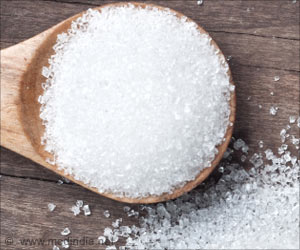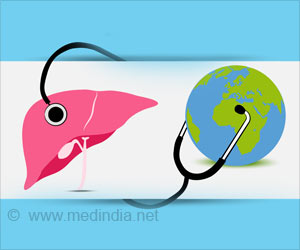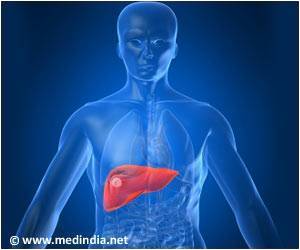
But the finding by Guelph PhD student Katharine Tuerke, neuroscience researcher Cheryl Limebeer and Prof. Linda Parker in the Department of Psychology may soon change that.
"Although everyone has experienced nausea at some point, its neurobiology is poorly understood due to a lack of animal models," said Parker, who holds the Canada Research Chair in Behavioural Neuroscience.
"We know about vomiting. The vomiting reflex is very well characterized, but the experience of nausea is something that little is known about. How is it generated? Where is it generated?" she stated.
Although rats can't vomit, they do display a disgust reaction called gaping when re-exposed to a taste that made them feel nauseous in the past. Therefore, these gaping reactions in rats provide a model to understand brain mechanisms that produce nausea in humans.
Using this gaping model, the Guelph researchers, along with University of Toronto professor Paul Fletcher, discovered that serotonin release in the visceral insular cortex may be responsible for the sensation of nausea.
Advertisement
Previous research has shown that the neurotransmitter serotonin is critical for the production of nausea. Indeed, classic anti-emetic drugs such as ondansetron that are used in chemotherapy treatment are drugs that block the action of a type of serotonin receptor, serotonin-3 receptors.
Advertisement
Next they examined the effects of delivering drugs that either activate serotonin-3 receptors or block serotonin-3 receptors to specific regions of the insular cortex. In the visceral insular cortex, but not the gustatory insular cortex, activating serotonin caused nausea (produced gaping reactions) and blocking serotonin reduced nausea (eliminated gaping reactions).
These data suggest that the activation of the visceral insular cortex by serotonin may be responsible for the production of the elusive sensation of nausea, which is so difficult to treat.
Tuerke and Parker hope their work will lead to a better understanding of basic neural processes affected by prescribed drugs, with specific applications to controlling nausea and vomiting caused by cancer chemotherapy.
Their study was published this week in Journal of Neuroscience.
Source-ANI










